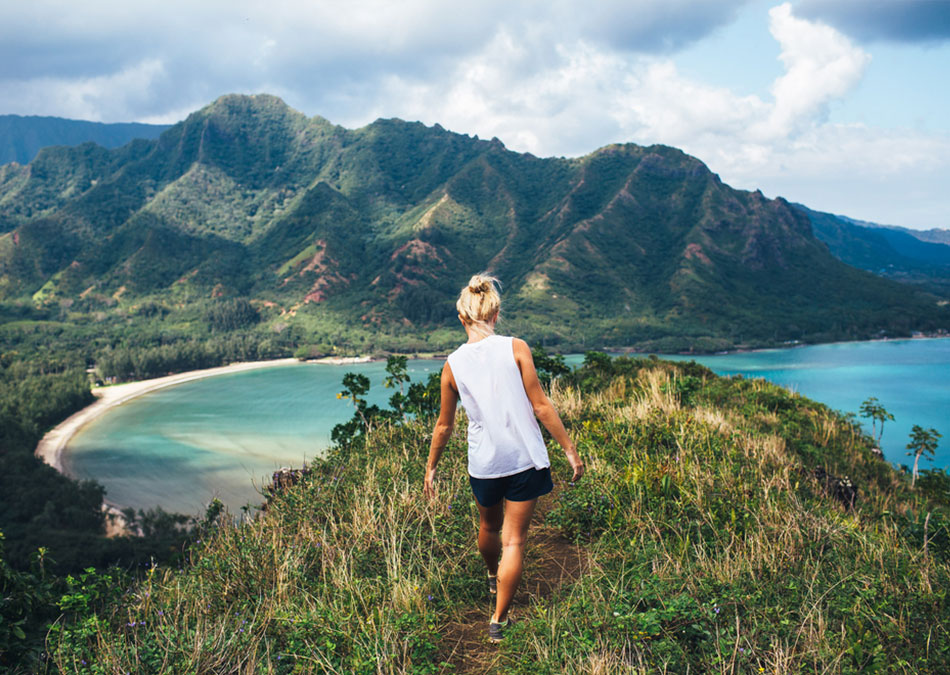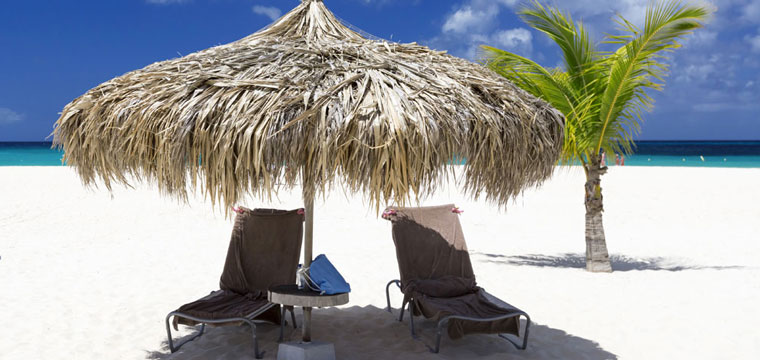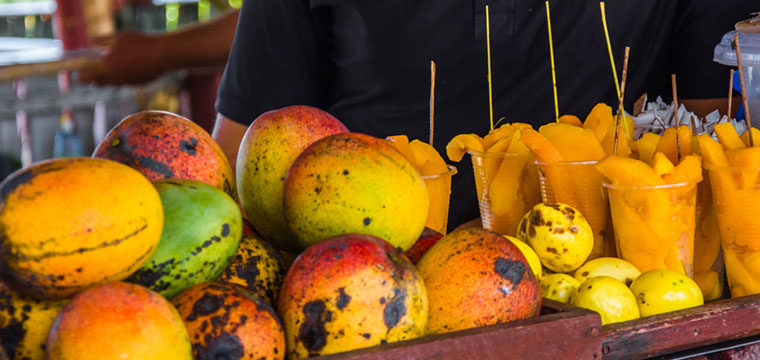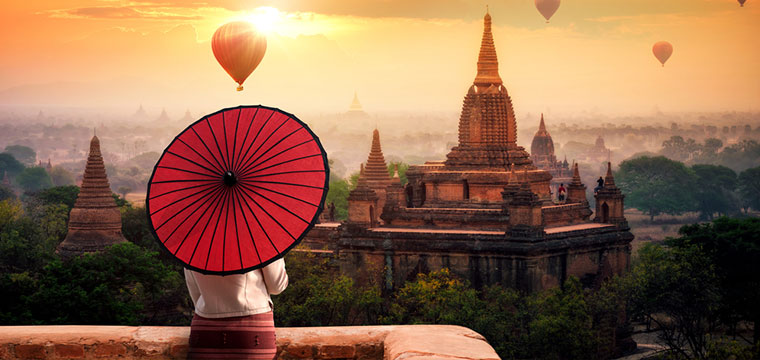Mexico is a country full of tradition and customs it stretches nearly 3,220km (2,000 miles) from east to west and more than 1,600km (1,000 miles) north to south. Only one-fifth the size of the United States, its territory includes trackless deserts in the north, dense jungles in the south, thousands of miles of lush seacoast and beaches along the Pacific and Caribbean, and the central highlands, crisscrossed by mountain ranges. Travelers to Mexico can choose to stay in colonial cities or modern beach resorts. While in Mexico there are hundreds of different experiences to take part in, championship golf courses, trips to archeological sites, and sunset cruises.
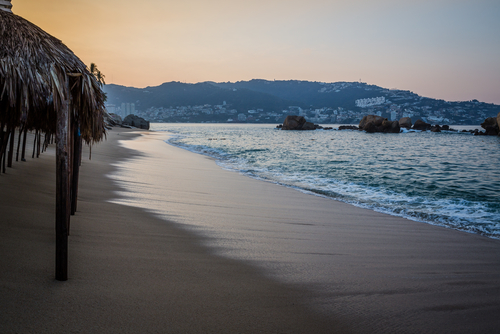 Acapulco
Acapulco
Acapulco is an enticing beach resort located on the Pacific coast. This port city boasts its warm humid climate with temperatures ranging between 72º and 91º year round. Visitors to Acapulco fall in love with its beautiful bay and calm beach waters. Most of all Acapulco is known for its unbeatable nightlife.
Aguascalientes
The state of Aguacalientes is located midway between the center and west of Mexico, and is completely surrounded by the states of Jalisco and Zacatecas. It was the land of the fearless Chichimecs that fiercely resisted the Spanish conquistadors. Paradoxically, yet perhaps because of its numerous gold veins, Aguascalientes is one of Mexico's most important colonial architectural sites.
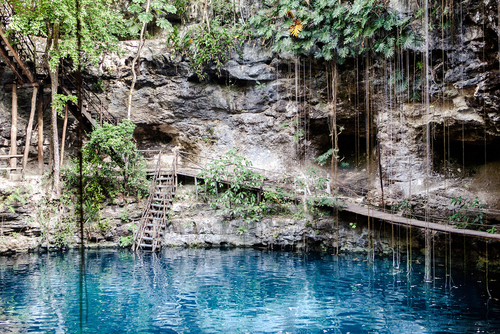 Cancun & Riviera Maya
Cancun & Riviera Maya
Cancún remains Mexico's calling card to the world, perfectly showcasing both the country's breathtaking natural beauty and the depth of its 1,000-year history. Simply stated, Cancún is the reason most people travel to Mexico. The sheer number of travelers underscores Cancún's magnetic appeal, with almost three million people visiting this enticing beach resort annually -- most of them on their first trip to the country. The reasons for this are both numerous and obvious.
Cozumel
Cozumel has the beautiful water of the Caribbean with all the accompanying watersports and seaside activities. The island gets a lot more visitors from North America than Europe for reasons that probably have to do with the limited flights. It is in many ways more "cozy and mellow" than the mainland -- no big highways, no big construction projects. It's dependable. One of the amazing things about this island is that the water on the protected side (western shore) is as calm as an aquarium, unless a front is blowing through. The island is 45km (28 miles) long and 18km (11 miles) wide, and lies 19km (12 miles) from the mainland. Most of the terrain is flat and clothed in a low tropical forest.
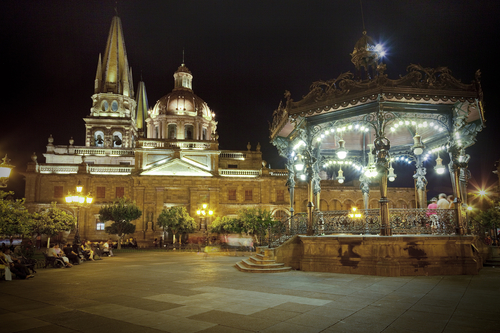 Guadalajara
Guadalajara
Guadalajara is the homeland of mariachi music, the jarabe tapatío (the Mexican hat dance), and tequila, because of this many consider it the most Mexican of cities. Despite its size, Guadalajara isn't hard to navigate, and the people are friendly and helpful. While in Guadalajara, you will undoubtedly come across the word tapatío (or tapatía). In the early days, people from the area were known to trade in threes, called tapatíos. Gradually, the locals came to be called Tapatíos, too, and the word now signifies Guadalajaran when referring to a thing, a person, or a manner of doing something.
Guanajuato & San Miguel
Founded in 1559, Guanajuato (gwah-nah-whah-toh) soon became a fabulously rich town, with world-famous mines (such as La Valenciana, Mineral de Cata, and Mineral de Rayas) that earned their owners titles of nobility. Along with Zacatecas and San Luis Potosí, Guanajuato was one of Mexico's most important mining cities. From the 16th through the 18th centuries, the mines in these towns produced a third of all the silver in the world, and Guanajuato bloomed with elaborate churches and mansions.
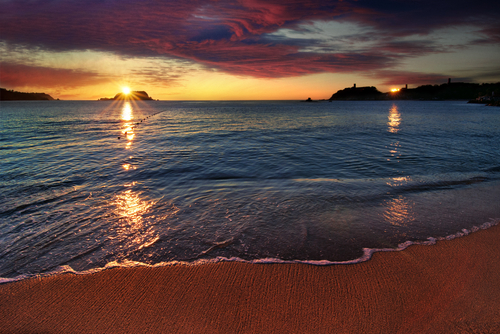 Huatulco
Huatulco
Huatulco is for those who want to enjoy the beauty of nature during the day, then retreat to well-appointed comfort by night. Pristine beaches and jungle landscapes can make for an idyllic retreat from the stress of daily life. Undeveloped stretches of pure white sand and isolated coves await.
Ixtapa & Zihuatanejo
Ixtapa is a model of modern infrastructure, services, and luxury hotels, while Zihuatanejo -- "Zihua" to the locals -- is the quintessential Mexican beach village. For travelers, this offers the intriguing possibility of visiting two distinct destinations in one vacation. Those looking for luxury should opt for Ixtapa (eex-tah-pah). You can easily and quickly make the 6.5km (4-mile) trip into Zihuatanejo for a sampling of the simple life in a pueblo by the sea. Those who prefer a more rustic retreat with real personality should settle in Zihuatanejo (see-wah-tah-neh-hoh). The area, with a backdrop of the Sierra Madre and a foreground of Pacific Ocean waters, provides a full range of activities and diversions. Scuba diving, deep-sea fishing, bay cruises to remote beaches, and golf are among the favorites.
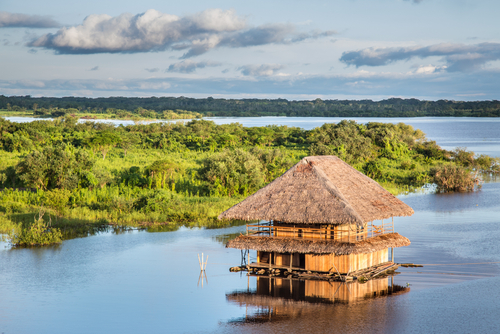 Loreto
Loreto
The center of the Spanish mission effort during colonial times, Loreto was the first capital of the Californias and the first European settlement in the peninsula. Founded on October 25, 1697, it was selected by Father Juan María Salvatierra as the site of the first mission in the Californias. (California, at the time, extended from Cabo San Lucas to the Oregon border.) He held Mass beneath a figure of the Virgin of Loreto, brought from a town in Italy bearing the same name. For 132 years, Loreto served as the state capital, until an 1829 hurricane destroyed most of the town. The capital moved to La Paz the following year.
Los Cabos
San José del Cabo and Cabo San Lucas are separated not just by 33km (21 miles), but by distinct attitudes and ways of life. Where Cabo San Lucas mirrors a spirited version of Los Angeles lifestyle, San José del Cabo remains a traditional, tranquil Mexican small town. Great sportfishing originally brought attention to Los Cabos, which was once accessible only by water. It remains a lure today, although golf has overtaken it as the principal attraction. As early as the 1940s, the area attracted a hearty community of cruisers, fishermen, divers, and adventurers.
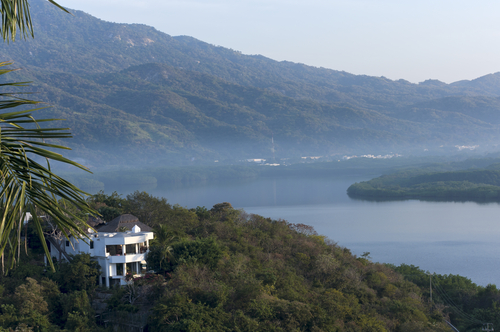 Manzanillo
Manzanillo
One reason for Manzanillo's popularity is its enticing tropical geography -- vast groves of tall palms, abundant mango trees, and successive coves graced with smooth sand beaches. To the north, mountains blanketed with palms rise alongside the shoreline, and over it all lies the veneer of perfect weather, with balmy temperatures and year-round sea breezes. Even the approach by plane into Manzanillo showcases the promise -- you fly in over the beach and golf course. Once on the ground, you exit the airport through a palm grove.
Mazatlan
More than any other beach resort in the Mexico, Mazatlan probably best represents the golden beaches, fresh seafood, and inexpensive accommodations that typified Mexico's appeal to travelers in the first place. Mazatlán's lures continue to be its expansive beaches and renowned sportfishing. The evolving golf scene, luxury yacht harbor, and growing selection of accommodations have yet to catch the attention of enough tourists to drive prices to the levels of other Mexican resorts, and that's good news for travelers looking for economy in a beach resort.
Merida
Located on Mexico's Yucatan Peninsula in the fascinating Mundo Maya Region, Merida provides a looking glass that reveals both colonial influence and the mystique of an ancient civilization. In fact, the city is built on the exact site of an indigenous ceremonial center.
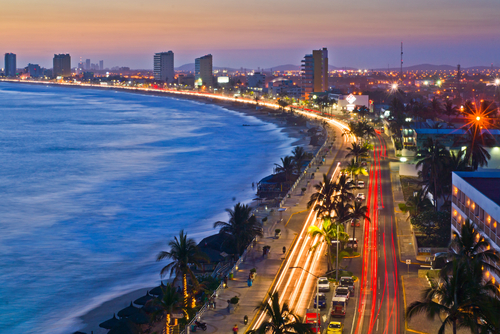 Mexico City
Mexico City
Mexico City is located 2,239m (7,347 ft.) high, on an enormous dry lakebed in a highland valley surrounded by mountains, this was the center of power of pre-Hispanic America, and it remains one of the most dynamic, fascinating, and charismatic cities in the world today.
Oaxaca
Oaxaca (wah-hah-kah) is famous for its green building stone and for its own particular style of colonial architecture -- an adaptation to the frequent earthquakes that plagued the city in colonial times and still occasionally shake things up. Building walls and facades are thick and broad with heavy buttressing, colonnades are low and spaced closely, and bell towers are squat with relatively wide bases. The cumulative impression of this architectural style is one of mass and substantiality.
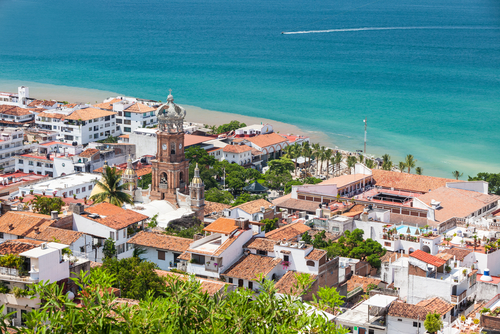 Puerto Vallarta
Puerto Vallarta
No other place in Mexico offers both the best of the country's natural beauty and an authentic dose of its vibrant culture like Puerto Vallarta does. Puerto Vallarta's seductive innocence captivates visitors, beckoning them to return -- and to bring friends. Beyond the cobblestone streets, graceful cathedral, and welcoming atmosphere, Puerto Vallarta offers a wealth of natural beauty and man-made pleasures. There are hotels of all classes and prices, over 250 restaurants, a sizzling nightlife, and enough shops and galleries to tempt anyone and make Puerto Vallarta a perennial favorite.
Rocky Point
Puerto Peñasco, also referred to as Rocky Point, is located in the State of Sonora in Mexico. Rocky Point is a newly-discovered paradise for tourists to Sonora. During the early 1930's, it became known as a refuge of fishermen and people seeking adventure.
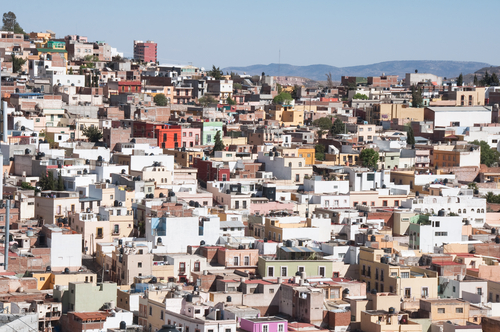 Zacatecas
Zacatecas
Zacatecas, like Guanajuato, owes its beauty to the wealth of silver extracted from its mines. The farthest flung of the silver cities, it is a jewel in the rough. High over the town center looms a steep mountain that's accessible by cable car. From there, you can gaze over the city and beyond to the wild and desolate surroundings. The scene makes you realize what a frontier town Zacatecas was. In this city out in the middle of nowhere, you will find startlingly good museums, beautiful architecture, and wonderful restaurants.

![]()
Travel Insurance with AIG Travel Guard
We have plans. Lots of them. Why? So you can easily find the one that fits. And with our plans, it’s not just about coverage. It’s about unique services. Lost your bag? We can help track it with Bag Trak®. Or we can cover your losses if it isn’t found. It’s simple. We have the coverage options and assistance services you want for your globetrotting travels. Read More
Travel Restrictions by Sherpa What to know

Future Cruise Credits What to know
If you are holding on tight to your Future Cruise Credits (FCCs) waiting for the perfect time and itinerary to put them back in use, many of them expire soon! Now is a great time to check the status of your FCC with an All-Travel Travel Advisor. Read More

Real ID Deadline Extension
Starting on May 3, 2023 travelers who elect to use a state-issued driver’s license at Transportation Security Administration (TSA) airport checkpoints must ensure that they are Real ID-compliant, which is designated by a star in a circle in the upper right corner of the license. Read More





